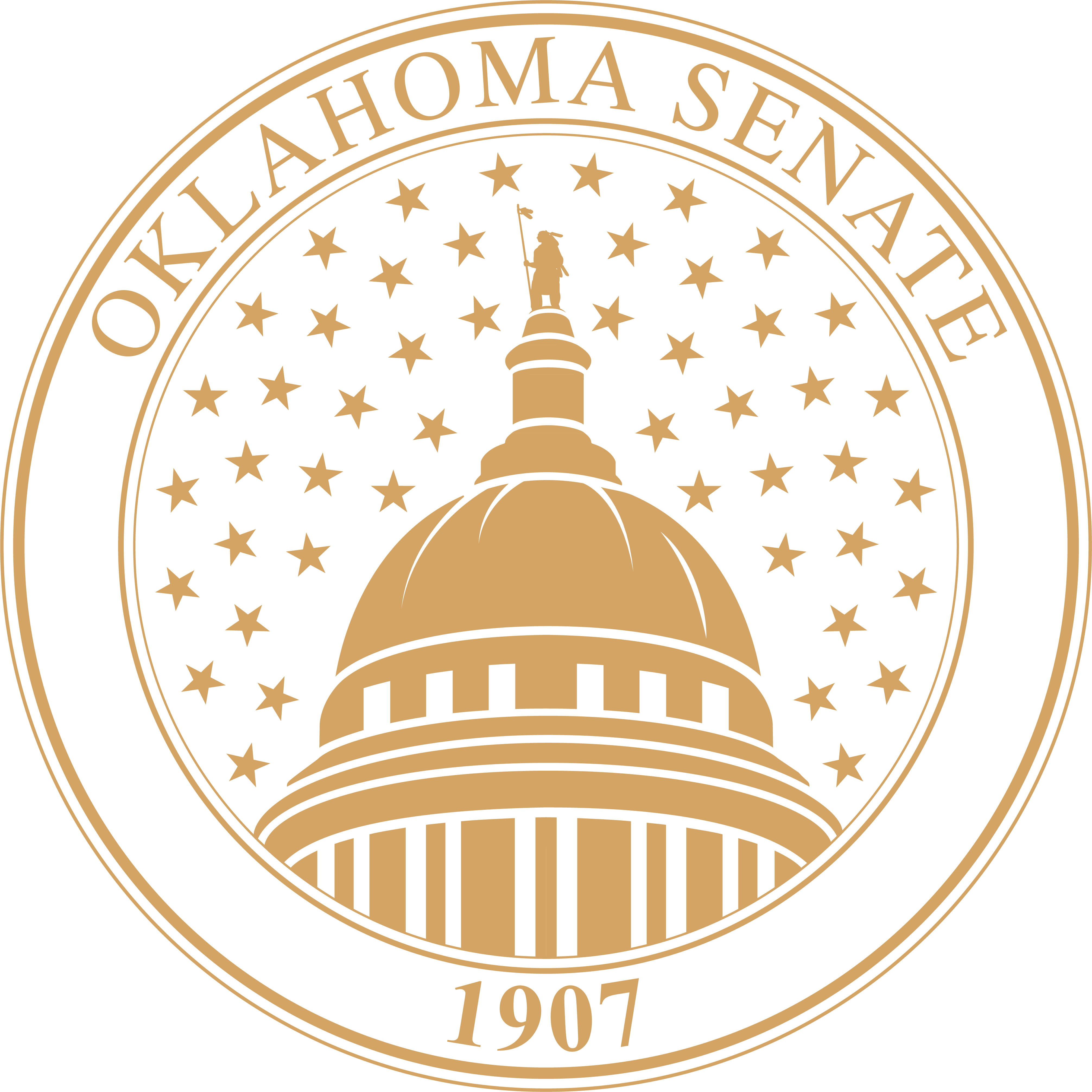In order to provide equal access and equal opportunity to people with diverse abilities, this site has been designed with accessibility in mind. Click here to view
State Financial Obligations, Volatile Energy Prices Make for Tight Budget Year, Senate Analysis Reports
Existing state obligations and the volatility of energy revenues will make the state budget writing process even more challenging than usual this legislative session, according to the chairman of the State Senate Appropriations Committee.
Senator Kelly Haney and other Senate budget leaders received a briefing on the state budget outlook Wednesday - one that outlined approximately $226 million in bills that must be paid off by the state in the next fiscal year.
"Because of the past commitments we've made to build new roads, raise teacher pay and improve health care, we have a lot of bills to pay. The growth revenue should be enough to cover those costs, but it doesn't look like very much additional money will be left over for other needs," said Senator Haney.
According to a presentation by the Senate staff, the state will have approximately $300 million in growth revenue to appropriate for next fiscal year. However, a major share of that money will be consumed by ongoing state obligations, ranging from road construction bond payments to increased health care costs.
The obligations alone total $226 million. They include:
- $107.3 million - Financial obligations on Phase I and II of the ongoing statewide highway construction program;
- $ 18.5 million - Disaster assistance on winter storms (state funds to match federal);
- $ 43.0 million - Costs related to the 2000 Oklahoma Health Care Initiative and other health care issues such as rising prescription drug and Medicaid costs;
- $ 25.0 million - Financial obligations on statewide bond issues;
- $ 13.3 million - Annualized costs associated with state employee pay raise approved in 2000;
- $ 10.8 million - Costs associated with federal changes in the Medicaid program;
- $ 7.5 million - Estimated costs of fully funding the $3,000 teacher pay raise approved in 2000;
- $ 1.0 million - Replenish state emergency fund.
The $226 million total does not include agency requests for emergency supplemental funding, such as a $28 million request from the Department of Corrections to pay for additional private prison beds it has either leased already or plans to lease.
When those requests and other budget needs are included in the budget picture, total revenue obligations and requests total $640 million - more than double the amount of projected growth revenue.
"The fiscal outlook looks pretty rosy on the surface, but once you examine the fine print of the budget, the money starts to disappear pretty quickly. We've done a lot of good things for the state of Oklahoma in the past few years, but unfortunately we're still paying the expenses related to those initiatives. The only way to keep them on track is to pay the bills," said Senator Haney.
What makes the budget situation even more uncertain, according to the Senate analysis, is the volatility of one of state's major revenue sources - oil and gas levies. Senate staffers advised legislators that while energy-related revenue collections are currently coming in well above estimates, any decline in oil or natural gas prices could have a significant impact on the budget if the revenue is allocated to recurring expenses.
"We don't want to become too heavily reliant on energy revenues because they can go up or down without much warning. That was a lesson a lot of people learned the hard way in the 1980's when the bottom fell out on the price of oil and we started running large budget shortfalls instead of surpluses. We want to be fiscally prudent and do everything possible to
avoid the mistakes of the past," said Senator Haney.
 Oklahoma Senate
Oklahoma Senate

